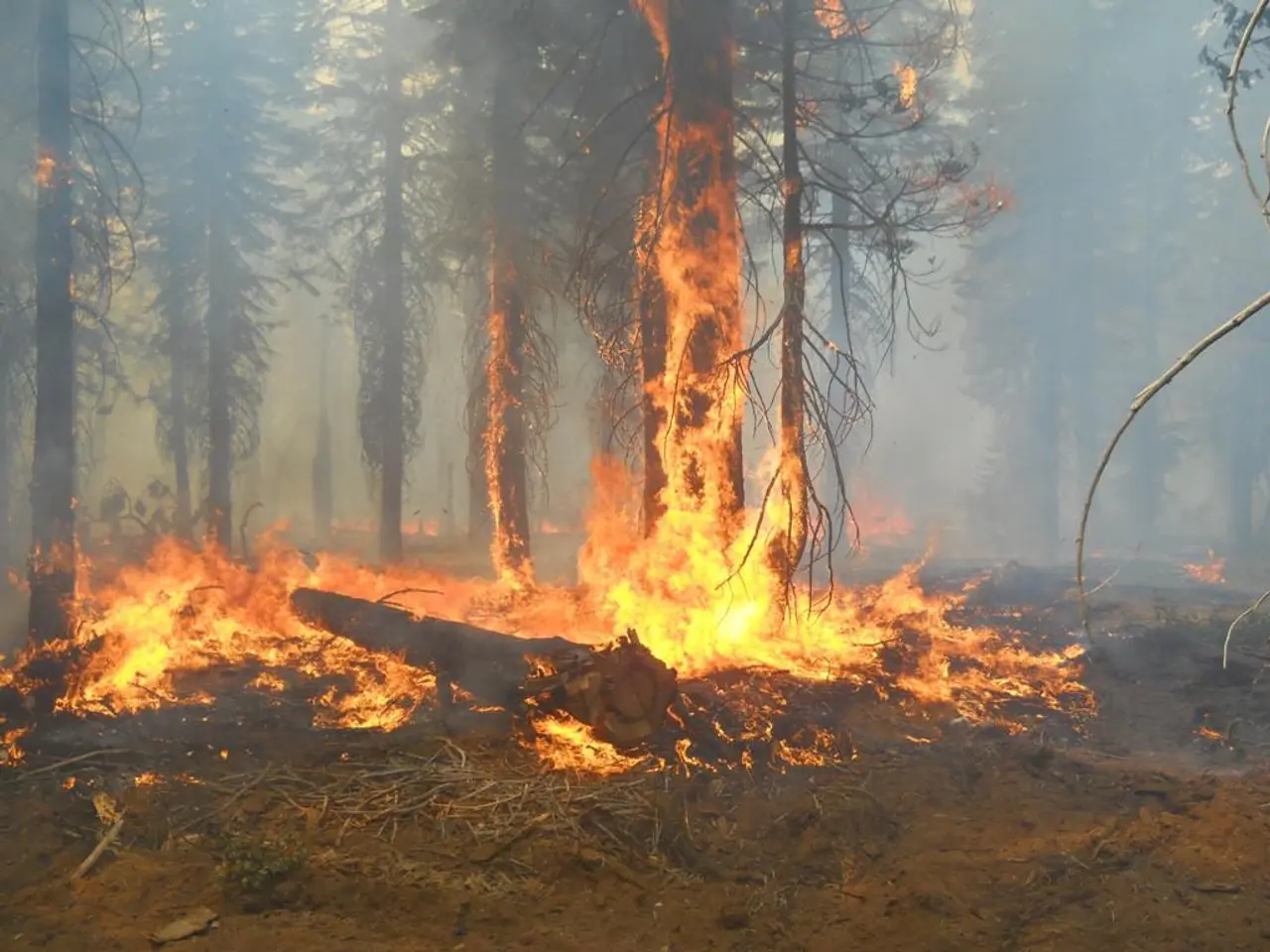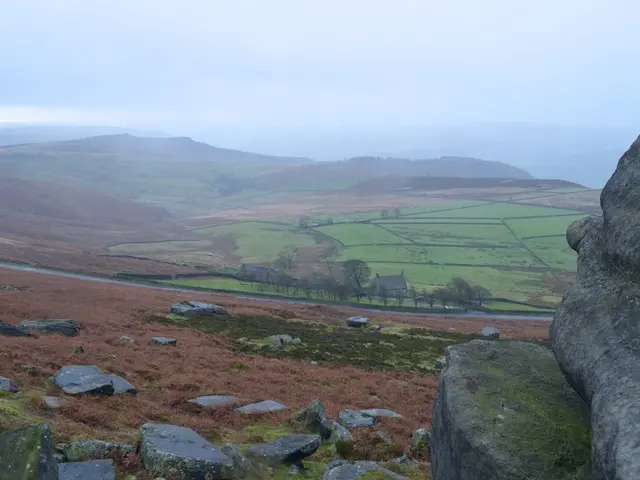Kakadu National Park Fights Bushfire Threats with Traditional and Modern Methods
Kakadu National Park, a vast sanctuary in Australia's Northern Territory, faces significant threats from bushfires. Spanning nearly 20,000 square kilometers, it's home to diverse wildlife, rich cultural culture, and numerous indigenous sites. Collaborative efforts involving park authorities, indigenous communities, and the public are underway to protect Kakadu, combining traditional knowledge and modern technology.
Historically, fire has been a crucial factor in shaping Kakadu's landscape. Indigenous communities have long used controlled burns for land management. Today, bushfires pose substantial challenges, devastating wildlife habitats and impacting air and water quality. They can ignite from lightning strikes, unattended campfires, human activities, and climate change.
Protecting Kakadu involves enhancing the resilience of its ecosystems. This includes restoring habitats, managing invasive species, and reducing carbon footprints. Parks Australia, Aboriginal traditional owners like the Mirarr, local fire management agencies, and community organizations work together through joint fire management plans. These plans integrate traditional knowledge and modern fire science to safeguard Kakadu's diverse ecosystems, ranging from wetlands and floodplains to woodlands and monsoon forests.
Bushfires threaten Kakadu's unique wildlife, plant species, and cultural sites, including rock art and ceremonial grounds. Collaborative efforts to protect Kakadu are crucial for preserving its rich biodiversity and cultural culture. By combining traditional knowledge and modern technology, stakeholders aim to mitigate bushfire risks and ensure the park's long-term sustainability.






